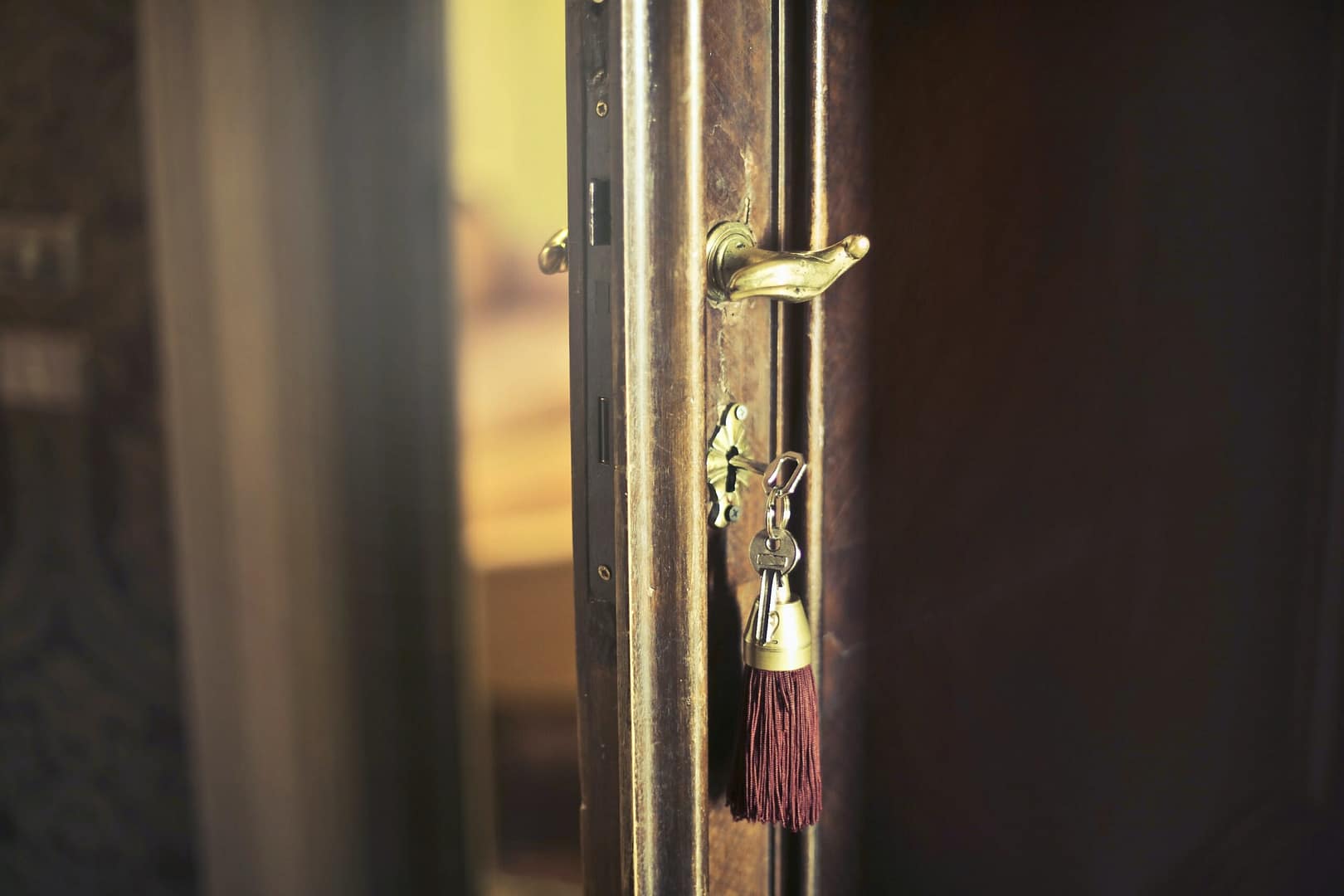We will be closed for Christmas from 3pm on Friday 19th Dec and re-opening on Monday 5th Jan. Any orders placed now will be delivered in the New Year. Merry Christmas!
We will be closed for Christmas from 3pm on Friday 19th Dec and re-opening on Monday 5th Jan. Any orders placed now will be delivered in the New Year. Merry Christmas!
We will be closed for Christmas from 3pm on Friday 19th Dec and re-opening on Monday 5th Jan. Any orders placed now will be delivered in the New Year. Merry Christmas!

Home / Front Door Lock replacement
Replacing your front door locks isn’t as daunting as it sounds! The best part is that you don’t necessarily have to have a professional come in to do the work either! It can be a great way to improve your sense of security in your own home, and boost your DIY confidence! Just grab your power tools, pluck up the courage, and start replacing (After you’ve read through this guide of course)!
There can be all kinds of reasons for wanting to change the locks in your doors. As mentioned above, this can create an added layer of security and help you and your family feel safer in your home
 Photo by Andrea Piacquadio on Pexels
Photo by Andrea Piacquadio on Pexels
Lock rekeying and lock replacement are both viable options for improving your home security. Both methods ensure that old keys won’t open the new lock, though you may find that one fit’s your situation better than the other.
Lock Replacement: Replacement is a more in-depth process than rekeying. It can be more complicated and expensive, though improves the security in your home more than re-keying. This involves removing the entire locking mechanism from the door and installing a brand new lock.
Lock Rekeying: Used more often than lock replacement, lock rekeying is a cheaper, faster option to improve home security. Rekeying allows you to realign the pins and springs in a locking mechanism to fit a new key.
You can buy a standard door lock set that comes with four basic components:
A DIY project is nothing without its trusty tools! To replace a lock you’ll need the following, though it may differ depending on the type of lock you’re removing.
With these tools and your lock kit, you’re on your way to a safer home!
The first step to changing your locks is removing the original. This should be done right before installation to avoid leaving your front door vulnerable for an extended period of time.
This step is easily done by unscrewing the door knobs – just enough to loosen them. Once they’re loose enough, you should be able to remove the latch on the side of the door using your screwdriver.
Depending on the type of lock you have, you may need to follow different steps for installation. A rim lock can be changed in a few easy steps:
Mortice locks are found inside the door. Giving a clean look to the door surface.
Cylinder locks are one of the most common types of locks. What’s better is that every euro cylinder will have the same profile, so you wont have to worry about finding the right shaped lock.
Now we can begin replacing.
If you’ve spent far too long trying to determine how to change your locks and would rather just leave it up to the professionals, then good on you for trying!
The cost of professional lock replacement can vary depending on the type of lock, the number of locks needing replacement, and the type of door you have.
A typical lock replacement can range from £80 for a euro cylinder to £150 for a mortice lock, plus installation fees.
Maintaining your front doors can lead to a higher sense of satisfaction in your home. If you’d like to learn more about front doors and how to take proper care of them, check out some of our informative articles.
You’ll need to trim mm off the left & right of each door
You’ll need to pack mm either side of the frame
You’ll need to trim mm off the top and bottom of each door
You’ll need to pack mm above
You’ll need to trim mm off the left & right of each door
You’ll need to pack mm either side of the frame
You’ll need to trim mm off the top and bottom of each door
You’ll need to pack mm above
You’ll need to trim mm off the left & right of each door
You’ll need to pack mm either side of the frame
You’ll need to trim mm off the top and bottom of each door
You’ll need to pack mm above